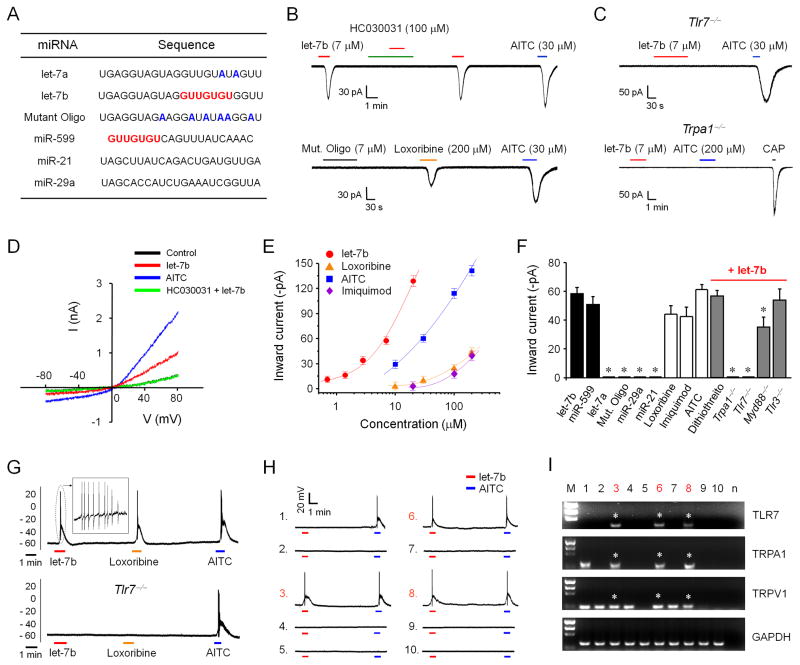Figure 1. let-7b induces inward currents and action potentials in small-sized DRG neurons via TLR7 and TRPA1.
(A) Sequences of miRNAs tested in this study. The GUUGUGU motif is underlined. In mutant oligonucleotides (Mut. Oligo) and let-7a, the mismatched nucleotides (compared with let-7b) are highlighted in blue. (B and C) Inward currents induced by let-7b, loxoribine, and AITC. Note that let-7b-induced inward currents are blocked by HC030031 and abolished in Tlr7−/− and Trpa1−/− mice. Mut. Oligo fails to evoke any currents. 15–25 neurons were recorded in each condition. (D) I/V curves elicited by let-7b (7 μM) and AITC (200 μM). n = 5 patches for each condition. let-7b and AITC elicit similar I/V curves with the reversal potential of 0 mV. let-7b-induced current is suppressed by HC030031 (100 μM). n = 5 neurons. (E) Dose-response curves showing the amplitudes of inward currents induced by let-7b, loxoribine, imiquimod, and AITC. n = 5–18 neurons. Note a left shift of the let-7b curve. (F) Summary of amplitudes of the inward currents under all the experimental conditions (n = 5–25 neurons). The concentrations are: 7 μM for let-7a, let-7b and Mutant Oligo, 8 μM for miR-599, 10 μM for miR-29a and miR21, 30 μM for AITC, 200 μM for loxoribine and imiquimod, and 5 mM for dithiothreitol. *P<0.05, compared to let-7b, n = 5–25 neurons. The results are mean ± SEM. (G) Action potentials induced by let-7b, loxoribine, and AITC in DRG neurons. n = 5–15 neurons. Note that let-7b-induced action potentials are eliminated in all 15 neurons from Tlr7−/− mice. (H and I) Current-clamp recording (H) and single-cell RT-PCR (I) in 10 small-sized DRG neurons. Note that let-7b induces action potentials only in TLR7-expressing neurons. Three neurons (#3, #6, and #8, highlighted in red) respond to let-7b (7 μM) with action potentials and also express Tlr7, Trpa1, and Trpv1 mRNAs (indicated with *). M, molecular weights; n, negative control. Asterisks indicate TLR7-positive neurons.

